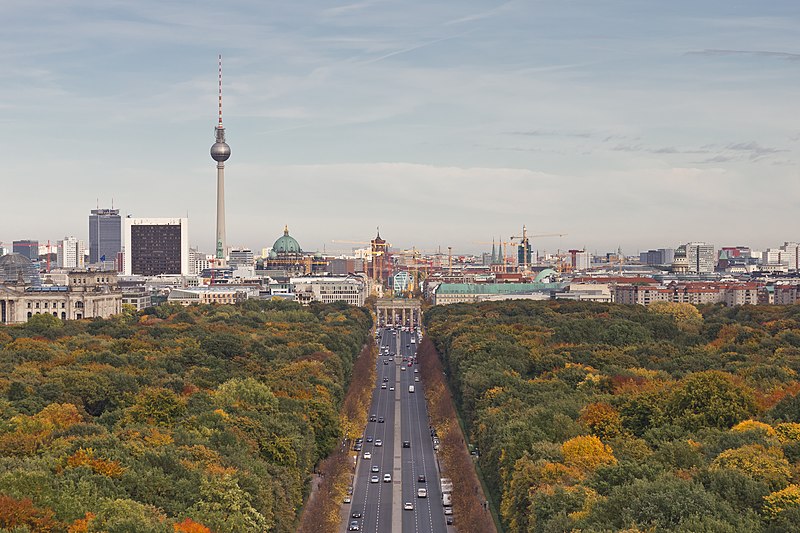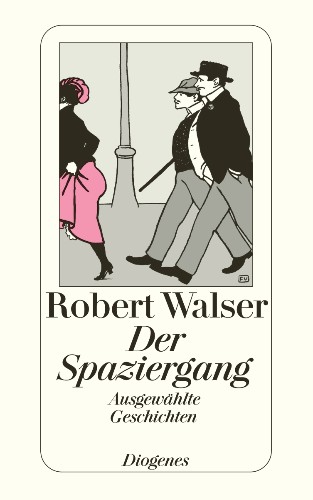Landschlacht, Switzerland, Christmas Day 2017
As my wife works – she is a doctor – I wonder what I am going to do with my days off.
Weather is rather grey for walking and I am not particularly motivated to accomplish much housecleaning despite the need to do so.
Of course, I could drag out from my DVD collection the classic holiday movies: Die Hard, Home Alone, National Lampoon´s Christmas Vacation, Skipping Christmas, The Sound of Music, It´s a Wonderful Life, Love….Actually, etc.
But I feel somewhat guilty to be watching DVDs on the couch while my wife slaves away in the hospital.
I´ll get over it.
It is Christmas Day, the day of Christ´s Mass, when Christians (they all crawl out of their comfortable hidey-holes at Christmas and Easter) celebrate the birth of Jesus Christ, though high church leaders do admit that there is no real way to ascertain with precision what day Christ was born or even what year Christ was born.

The early Church determined that the Roman festival of Saturnalia seemed as good a time as any to fix a date of birth for the namesake of Christianity and decided to let the annually-changing lunar calendar determine when to commemorate Jesus being crucified and resurrected.
Religion cannot be an effective opiate of the people unless it is organized, with standards set and traditions established.
I will not and cannot diminish what Christianity means to the true practioner nor would I want to.
But having been raised in a land that calls itself Christian with the belief that Christmas and Easter should be honoured as simply more than excuses to have a school or work vacation, I wonder at the evolution of my beliefs since the days of my childhood and my youth.
When did I begin to question the validity of what I had once viewed as infallible and unquestionable?
Part of my problem with those who profess to be followers of a faith is that many of them do not actually practice what they preach, except within the confines of a temple of worship.
Some will even violate the basic tenets of their faith in defence of that faith.
(For example, the strict rule against murdering one´s fellow man is somehow justifiable if it is in defence of the faith that forbids killing.)
(The instruction to love one another seems always dismissable to the degree by which the other person disagrees with us.)
I am reminded of the Genesis song, Jesus He Knows Me:
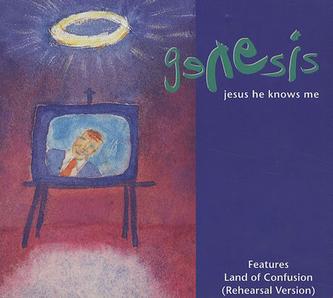
“‘Cause Jesus He knows me and He knows I’m right.
I’ve been talking to Jesus all my life.
Oh, yes, He knows me and He knows I’m right.
And He’s been telling me everything´s gonna be alright.
I believe in the family with my everloving wife beside me,
But she don’t know about my girlfriend or the man I met last night….”
(This also suggests that love must be restricted to the marriage bond and between opposite genders, as if love itself must be defined by the religious rule makers.)
God may be divine, but religion is a human invention.

Above: The Creation of Adam, Michelangelo
So if a person believes in the existence of God, even if the greatest proof of His existence is the inability to disprove His existence, and if a person believes that His divinity should be worshipped, then what is the best way to go about it?
It seems there is no right answer universally agreed upon.
My way of worshipping God, if one could say that is something I actually do, is to walk.
God cannot, and in my opinion should not, be confined within walls or behind altars.
If God exists, then He is within and without, part of all that surrounds us and composes us,
I ask no one to follow me and ask no one to do or believe as I do.
For me, there is something about being Outside, away from the corrupting influence of civilization and the rules and regulations, customs and conflicts that define it, that suggests to me a sense of the divine far more real and powerful than any mighty cathedral or grand temple can offer.
I believe two Swiss men, both sadly departed, may have felt as I do.
Huldrych Zwingli, for all his flaws, may have felt a touch of the divine simply having lived in remarkably beautiful areas of Switzerland like Wildhaus, Weesen and Glarus.

Above: Huldrych Zwingli (1484 – 1531)
I think it was his living in cities or enclosing himself within the manmade walls of monasteries or cathedrals that made him question the certainty of his faith and his allegiance to the Church.
I personally find it difficult to doubt the existence of God and the surety of faith when I am walking in the wilderness.
I find it bothersome to believe in God and the certainty of religion when I see what passes for civilization in human communities.
(More on Zwingli and his questioning of his beliefs in a future blogpost….)
Robert Walser was born in Berne in 1878.
Above: Robert Walser (1878 – 1956)
Walser was born into a family with many children.
His brother Karl Walser became a well-known stage designer and painter.
Walser grew up in Biel, Switzerland, on the language border between the German- and French-speaking cantons of Switzerland, and grew up speaking both languages.
Above: The old town of Biel / Bienne
He attended primary school and high school, which he had to leave before the final exam when his family could no longer bear the cost.
From his early years on, he was an enthusiastic theatre-goer.
His favourite play was The Robbers by Friedrich Schiller.

Above: Friedrich Schiller (1759 – 1805)
From 1892 to 1895, Walser served an apprenticeship at the Bernische Kantonalbank in Biel.
Afterwards he worked for a short time in Basel.
Walser’s mother, who was emotionally disturbed, died in 1894 after being under medical care for a long period.
In 1895, Walser went to Stuttgart where his brother Karl lived.

Above: Pictures of Stuttgart (clockwise from top left: Staatstheater / Cannstätter Volksfest in Bad Cannstatt / Schloßplatz / Schillerplatz / New Palace / Old Castle )
He was an office worker at the Deutsche Verlagsanstalt and at the Cotta’sche Verlagsbuchhandlung.
He also tried, without success, to become an actor.
On foot, he returned to Switzerland where he registered in 1896 as a Zürich resident.

Above: Pictures of Zürich: View of Zürich and Lake Zürich (Zürichsee)(top)/ Fraumünster Church (middle left) / Sunrise Tower (middle right) / Night view of Zürich (bottom)
In the following years, he often worked as an office clerk, but irregularly and in many different places.
As a result, he was one of the first Swiss writers to introduce into literature a description of the life of a salaried employee.
In 1898, the influential critic Joseph Victor Widmann published a series of poems by Walser in the Bernese newspaper Der Bund.
This came to the attention of Franz Blei, who introduced Walser to the art nouveau people around the magazine Die Insel.

Above: Franz Blei (1871 – 1942)
Numerous short stories and poems by Walser appeared in Die Insel.
Until 1905, Walser lived mainly in Zürich, though he often changed lodgings and also lived for a time in Thun, Solothurn, Winterthur and Munich.
In 1903, he fulfilled his military service obligation and, beginning that summer, was the aide of an engineer and inventor in Wädenswil near Zürich.

This episode became the basis of his 1908 novel Der Gehülfe (The Assistant).
In 1904, his first book, Fritz Kochers Aufsätze, appeared in the Insel Verlag.
At the end of 1905 he attended a course in order to become a servant at the castle of Dambrau in Upper Silesia, Poland.

Above: Dambrau Castle
“I myself am one of those fellows who find it nice not to think.
Also, I hold the principle of service in immensely high esteem.”
The theme of serving would characterize his work in the following years, especially in the novel Jakob von Gunten (1909).
In 1905, he went to live in Berlin, where his brother Karl Walser, who was working as a theater painter, introduced him to other figures in literature, publishing and the theatre.
Above: Skyline of modern Berlin
Occasionally, Walser worked as secretary for the artists’ corporation Berliner Secession.
In Berlin, Walser wrote the novels Geschwister Tanner, Der Gehülfe and Jakob von Gunten.
They were issued by the publishing house of Bruno Cassirer, where Christian Morgenstern worked as editor.

Above: Bruno Cassirer (1872 – 1941)
Apart from the novels, he wrote many short stories, sketching popular bars from the point of view of a poor “Flaneur” (a person who takes leisurely walks) in a very playful and subjective language.
There was a very positive echo to his writings.
Robert Musil and Kurt Tucholsky, among others, stated their admiration for Walser’s prose, and authors like Hermann Hesse and Franz Kafka counted him among their favorite writers.
Walser published numerous short stories in newspapers and magazines, many for instance in the Schaubühne.
They became his trademark.
The larger part of his work is composed of short stories – literary sketches that elude a ready categorization.
Selections of these short stories were published in the volumes Aufsätze (1913) and Geschichten (1914).
In 1913, Walser returned to Switzerland.
He lived for a short time with his sister Lisa in the mental home in Bellelay, where she worked as a teacher.

Above: Bellelay Abbey, Canton Bern
There, he got to know Lisa Mermet, a washerwoman with whom he developed a close friendship.
After a short stay with his father in Biel, he went to live in a mansard in the Biel hotel Blaues Kreuz.

In 1914, his father died.
In Biel, Walser wrote a number of shorter stories that appeared in newspapers and magazines in Germany and Switzerland and selections of which were published in Der Spaziergang (1917), Prosastücke (1917), Poetenleben (1918), Seeland (1919) and Die Rose (1925).
Walser, who had always been an enthusiastic wanderer, began to take extended walks, often by night.
In his stories from that period, texts written from the point of view of a wanderer walking through unfamiliar neighborhoods alternate with playful essays on writers and artists.
During World War One, Walser repeatedly had to go into military service.
At the end of 1916, his brother Ernst died after a time of mental illness in the Waldau mental home.
In 1919, Walser’s brother Hermann, geography professor in Bern, committed suicide.
Walser himself became isolated in that time when there was almost no communication with Germany because of the war.
Even though he worked hard, he could barely support himself as a freelance writer.
At the beginning of 1921, he moved to Bern in order to work at the public record office.
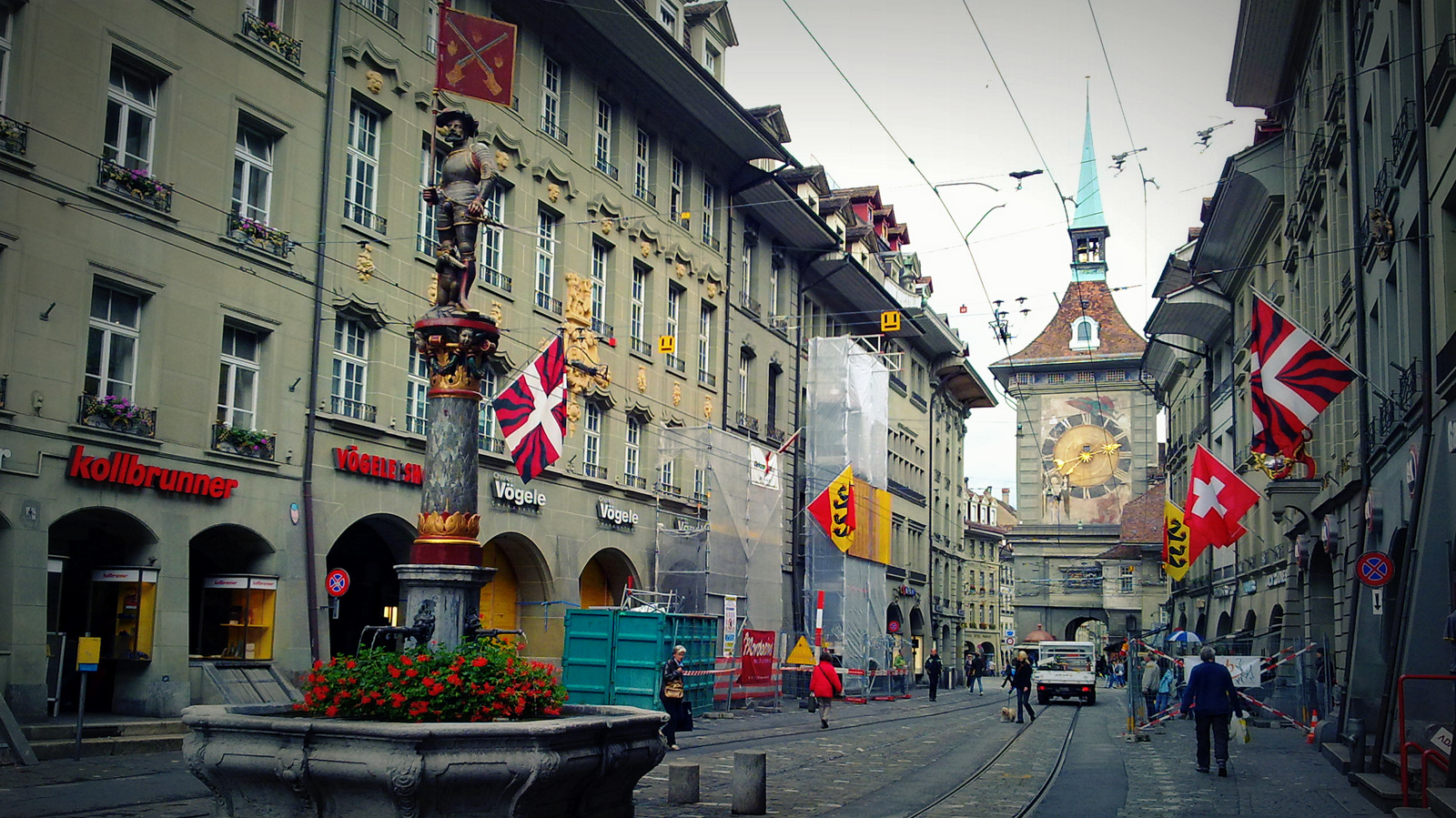
Above: Old town, Bern
He often changed lodgings and lived a very solitary life.
During his time in Bern, Walser’s style became more radical.
In a more and more condensed form, he wrote “micrograms”, called thus because of his minuscule pencil hand that is very difficult to decipher.
He wrote poems, prose, dramolets and novels, including The Robber (Der Räuber).
In these texts, his playful, subjective style moved toward a higher abstraction.
Many texts of that time work on multiple levels – they can be read as naive-playful Feuilleton (newspaper supplements) or as highly complex montages full of allusions.
Walser absorbed influences from serious literature as well as from formula fiction and retold, for example, the plot of a pulp novel in a way that the original (the title of which he never revealed) was unrecognizable.
Much of his work was written during these very productive years in Bern.
In the beginning of 1929, Walser, who had suffered from anxieties and hallucinations for quite a time, went to the Bernese mental home Waldau, after a mental breakdown, at his sister Fani’s urging.
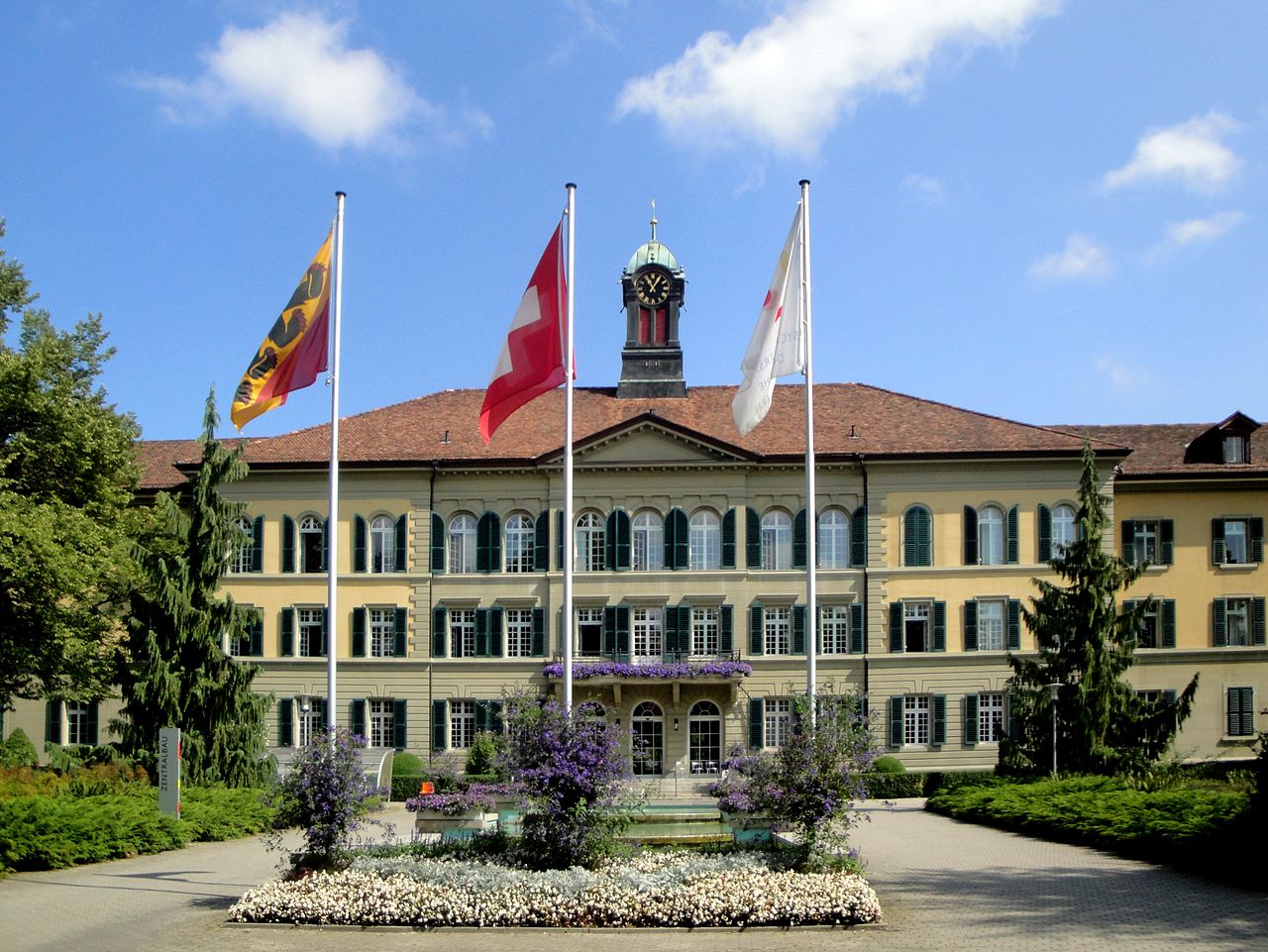
Above: Main building, Klinik Waldau, Bern
In his medical records it says: “The patient confessed hearing voices.”
Therefore, this can hardly be called a voluntary commitment.
He was eventually diagnosed with catatonic schizophrenia.
While in the mental home, his state of mind quickly returned to normal, and he went on writing and publishing.
More and more, he used the way of writing he called the “pencil method”:
He wrote poems and prose in a diminutive Sütterlin hand, the letters of which measured about a millimeter of height by the end of that very productive phase.

Above: A magnified sample of Sütterlin writing
Werner Morlang and Bernhard Echte were the first ones who attempted to decipher these writings.
In the 1990s, they published a six-volume edition, Aus dem Bleistiftgebiet (‘From the pencil zone’).
Only when Walser was, against his will, moved to the sanatorium of Herisau did he quit writing, later telling Carl Seelig:
Above: Main building, Klinik Herisau
“I am not here to write, but to be mad.”
Another reason might have been that with the rise of the Nazis in Germany, his works could no longer be published in any case.
In 1936, his admirer Carl Seelig began to visit him.
He later wrote a book, Wanderungen mit Robert Walser, about their talks.
Seelig tried to revive interest in Walser’s work by reissuing some of his writings.
After the death of Walser’s brother Karl in 1943 and of his sister Lisa in 1944, Seelig became Walser’s legal guardian.
Though free of outward signs of mental illness for a long time, Walser was crotchety and repeatedly refused to leave the sanatorium.
In 1955, Walser’s Der Spaziergang (The Walk) was translated into English by Christopher Middleton.
It was the first English translation of his writing and the only one that would appear during his lifetime.
Upon learning of Middleton’s translation, Walser, who had fallen out of the public eye, responded by musing:
“Well, look at that.”
Robert Walser loved long lonely walks.
Children discovered his frozen body, dead of a heart attack, in a snow-covered field, on Christmas Day 1956.
“Colors fill up your mind too much with all sorts of muddled stuff.
Colors are too sweet a muddle, nothing more.
I love things in one color, monotonous things.
Snow is such a monotonous song.
Why shouldn’t a color be able to make the same impression as singing?
White is like a murmuring, whispering, praying.
Fiery colors, like, for instance, autumn colors, are a shriek.
Green in midsummer is a many-voiced song with all the highest notes.”
The photographs of the dead walker in the snow are almost eerily reminiscent of a similar image of a dead man in the snow in Walser’s first novel, Geschwister Tanner.
Walser was better known in his lifetime than many other German-language writers, were known in their lifetimes.
“Each sentence has the sole purpose of rendering the previous one forgotten.” (Walter Benjamin)
W. G. Sebald has remarked that Walser’s writing “has the tendency to dissolve upon reading, so that only a few hours later one can barely remember the ephemeral figures, events and things of which it spoke…
Everything written in these incomparable books has—as their author might himself have said—a tendency to vanish into thin air.”
Walser has disappeared from the consciousness of even German-language readers in this most modern of times.
But self-negation, a stepping aside out of the way, was his trademark.
Above: Robert Walser
Herisau, Switzerland, 16 June 2017
Today I followed the footsteps of Swiss author Robert Walser.
Walser wrote that “without walking I would have died” so Herisau commemorates him through the Robert Walser Path and a Walser exhibition in the Herisau Museum.


Above: Entry to Herisau Museum (top), Walser Exhibit (bottom)
This Path is the first literary path in Switzerland.
Walser struggled with psychological problems and spent much time at the Herisau Psychiatric Centre which he described as “a prison between the earth and sky.”
Happily one of his best works, The Walk and other stories is available in English.
Only in German, Carl Seelig’s Wanderungen mit Robert Walser gives a very personal glimpse into this troubled yet powerful Swiss writer.
To climb hills and walk the streets that a man largely ignored by non-German readers, this is not so terrible a plan, is it?
Today I followed in the footsteps of a different literary figure: Robert Walser, the Mad Poet of Herisau.

Above: Robert Walser Fountain, Herisau
I followed what may have been his last walk, visiting Klinik Haus 1 of the Herisau Psychiatric Centre where Walser spent the last 23 years of his life, the spot where his body was discovered on 25 December 1956, the grave where he was buried, the fountain built in his honour and the Robert Walser exhibition inside the Herisau Museum.

Above: Klinik Haus I (foreground), Klinik Herisau
The Path is much like Walser´s descriptions in “A Little Ramble”:
“I walked through the mountains today….
….the road was soft and in places very clean.
The walk on the wonderful road gave me more and more pleasure….
A village was especially beautiful with humble dwellings….
We don´t need to see anything out of the ordinary.
We already see so much.”
From “The Road”:
“….I do not know any more for sure what time it was, as the desire to take a walk came over me.
I put my hat on my head, left my writing room….and ran down the stairs to hurry out into the street….
Above: Robert Walser
As far as I can remember as I write this down, I found myself, as I walked into the open, bright and cheerful street, in a romantically adventurous state of mind, which pleased me profoundly.
The world spread out before my eyes appeared as beautiful to me as if I saw it for the first time.
Everything I saw made upon me a delightful impression of friendliness, of goodliness and of youth.
I quickly forgot that up in my room I had only just a moment before been brooding gloomily over a blank sheet of paper.
All sorrow, all pain and all grave thoughts were as vanished, although I vividly sensed a certain seriousness, a tone, still before me and hehind me.
I was tense with eager expectation of whatever might encounter me or cross my way on my walk.
My steps were measured and calm, and, as far as I know, I presented, as I went my way, a fairly dignified appearance….
As I went on my way, like a better sort of tramp, a vagabond and pickpocket, or idler and vagrant of a sort finer than some, past all sorts of gardens planted and stuffed full with placid, contented vegetables, past flowers and fragrance of flowers, üast fruit trees and past beanstalks and shrubs full of beans, past towering crops of rye, barley and wheat, past a woodyard containing much wood and wood shavings, past juicy grass and past a gently splashing little warerway, rivulet or stream, past all sorts of people, and past a clubhouse decoratively hung with banners flying for a celebration or for joy, and also past many other good-hearted and useful things, past a particularly beautiful and sweet little fairy apple tree, and past God knows what else in the way of feasible things….
….all sorts of more or less beautiful pleasant thoughts continued to preoccupy me, since, when I´m out walking, many notions, flashes of light and lightning flashes quite of their own accord intrude and Interrupt, to be carefully pondered upon….
Without looking back….I walked on and soon afterwards, proceeding thus in the warm yielding air….
I came into a pine forest, through which coiled a smiling, serpentine, and at the same time roguishly graceful path, which I followed with pleasure.

Path and forest floor were as a carpet, and here within the forest it was quiet as in a happy human soul, as in the interior of a temple, as in a palace and enchanted dream-wrapped fairytale castle, as in Sleeping Beauty´s Castle, where all sleep, and all are hushed for centuries of long years.
I penetrated deeper, and I speak perhars a little indulgently if I say that to myself I seemed like a prince….
So solemn was it in the forest that lovely and solemn imaginings, quite of their own accord, took possession of the sensitive walker there.
How glad I was at this sweet forest softness and repose!
From time to time, from outside, a slight sound or two penetrated the delicious seclusion and bewitching darkness, perhaps a bang, a whistle, or some other noise, whose distant note would only intensify the prevailing soundlessness, which I inhaled to my very heart´s content, and whose virtues I drank and quaffed with due ceremomy.
Here and there in all this tranquillity and quietude a bird let his blithe voice be heard out of his charmed and holy hiding place.
Thus I stood and listened, and suddenly there came upon me an inexpressible feeling for the world, and, together with it, a feeling of gratitude which broke powerfully out of my soul.
The pines stood straight as pillars there, and not the least thing moved in the whole delicate forest, throughout which all kinds of inaudible noises seemed to echo and sound.
Music from out of the primeval world, from whence I cannot tell, stole on my ear.
Oh,thus, if it must be, shall I then willingly end and die.
A memory will then delight me even in the grave, and a gratitude enliven me even in death.
A thanksgiving for life and a joy at joy.
High up, a gentle rustling, whispering down from the treetops, could be heard.
“To love and to kiss here must be divinely beautiful.“, I told myself.
Simply to tread on the pleasant ground became a joy, and the stillness kindled prayers in the feeling soul.
“To be dead here, and to lie inconspicuous in the cool forest earth must be sweet.
Oh, that one could sense and enjoy death even in death!
Perhaps one can.
To have a small, quiet grave in the forest would be lovely.
Perhaps I should hear the singing of the birds and the forest rustling above me.
I would like that.”
Marvellous between trunks of oaks a pillar of sunbeams fell into the forest, which to me seemed like a delicious green grave.
Soon I stepped out into the radiant open again, and into life.
In the bright, hot midday sun I would stop for a moment to rest under a fir, beech, or oak tree, stretching out in the moss or grass…
But where am I?
Am I actually on a hike right now?
How is that possible?”
“Walk” was my answer.
I definitely must, to invigorate myself and to maintain contact with the living world, without perceiving which I could not write the half of one more single word, or produce the tiniest poem in verse or prose.
Without walking, I would be dead, and my profession, which I love passionately, would be destroyed.
Also, without walking and gathering reports, I would not be able to render one single further report, or the tiniest of essays, let alone a real, long story.
Without walking, I would not be able to make any observations or any studies at all.
Such a clever and enlightened man as you are, you may and will understand this at once.
On a lovely and far-wandering walk a thousand usable and useful thoughts occur to me.
Shut in at home, I would miserably decay and dry up.
Walking is for me not only healthy and lovely, it is also of service and useful.
A walk advances me professionally and provides me at the same time also with amusement and joy.
It refreshes and comforts and delights me, is a pleasure for me, and simultaneously, it has the peculiarity that it allures meand spurs me on to further creation, since it offers me as material numerous small and large objectivities upon which I later work at home, diligently and industriously.
A walk is always filled with significant phenomena, which are valuable to see and to feel.
A pleasant walk often teems with imageries and living poems, with enchantments and natural beauties, be they ever so small….
Without walking and the contemplation of nature which is connected with it, without this equally delicious and admonishing search, I deem myself lost, and I am lost.”
“The present time, surrounding you, singing and making noise, cannot be put down in writing in any satisfactory way.”
“It is as though you could hear Thought itself softly whispering, softly stirring.
It’s like the scurrying of little white mice.”
As I look outside my writing room window I see no scurrying white mice, but the thought of Walser softly whispers in my mind.
I wish to walk again, for like Walser felt without it:
I am lost.
Sources: Wikipedia / Benjamin Lerner, “Robert Waler´s Disappearing Acts”, The New Yorker, 3 September 2013 / Carl Seelig, Wanderungen mit Robert Walser / Robert Walser, A Schoolboy´s Diary / Robert Walser, The Walk and other stories / Robert Walser Zentrum, Robert Walsers Bücher zu Lebzeiten / Peter Witschi, Robert Walser: Herisauer Jahre (1933 – 1956) / Herisau Tourismus, “Robert Walser Pfad”



